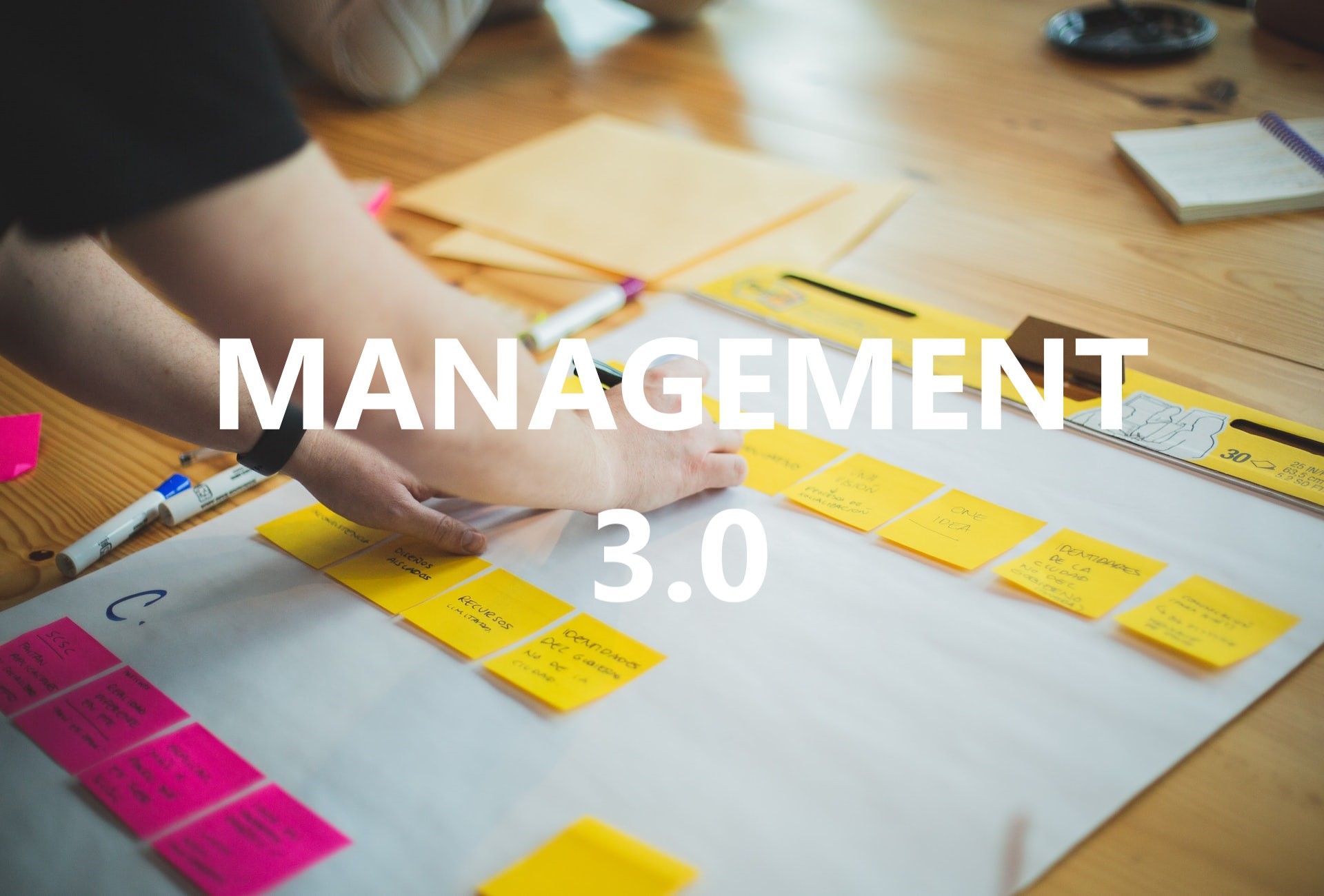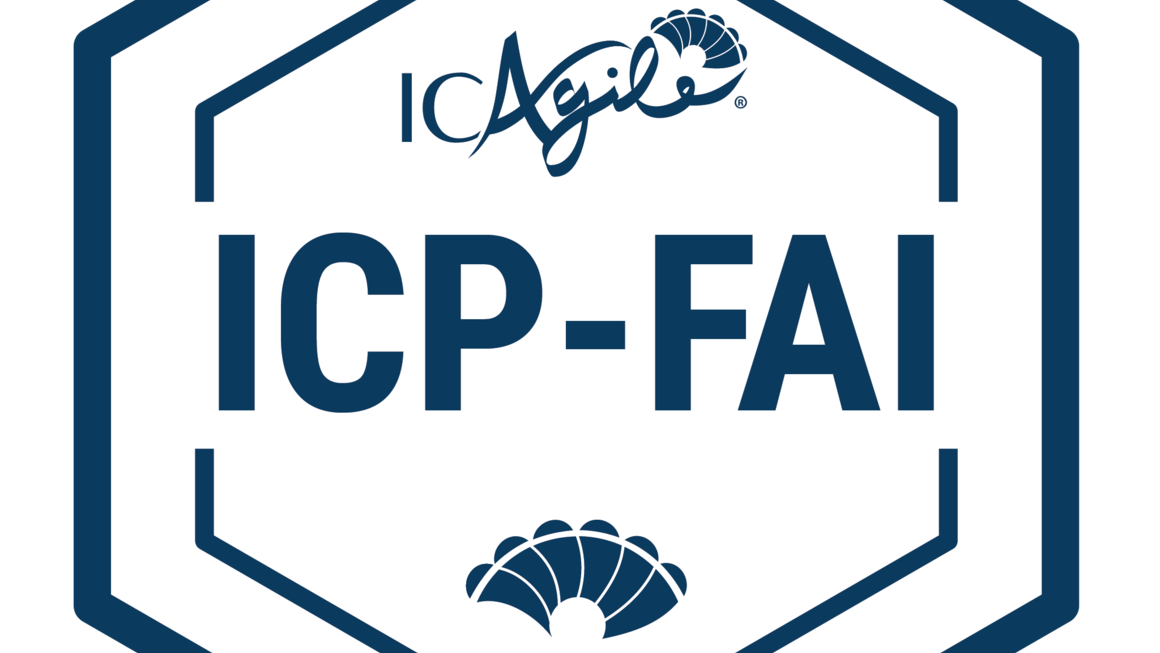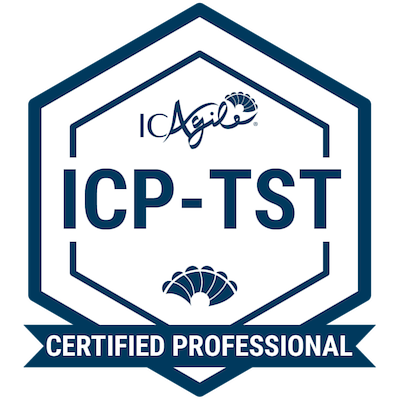In October 2022, I took a very interesting training Management 3.0 A new look at leadership. The training was conducted by ScrumTrek and the trainer was Sergey Lipchansky.
The training lasted two days and was built on theoretical blocks interspersed with practical exercises. At the end of the training I got certificate.
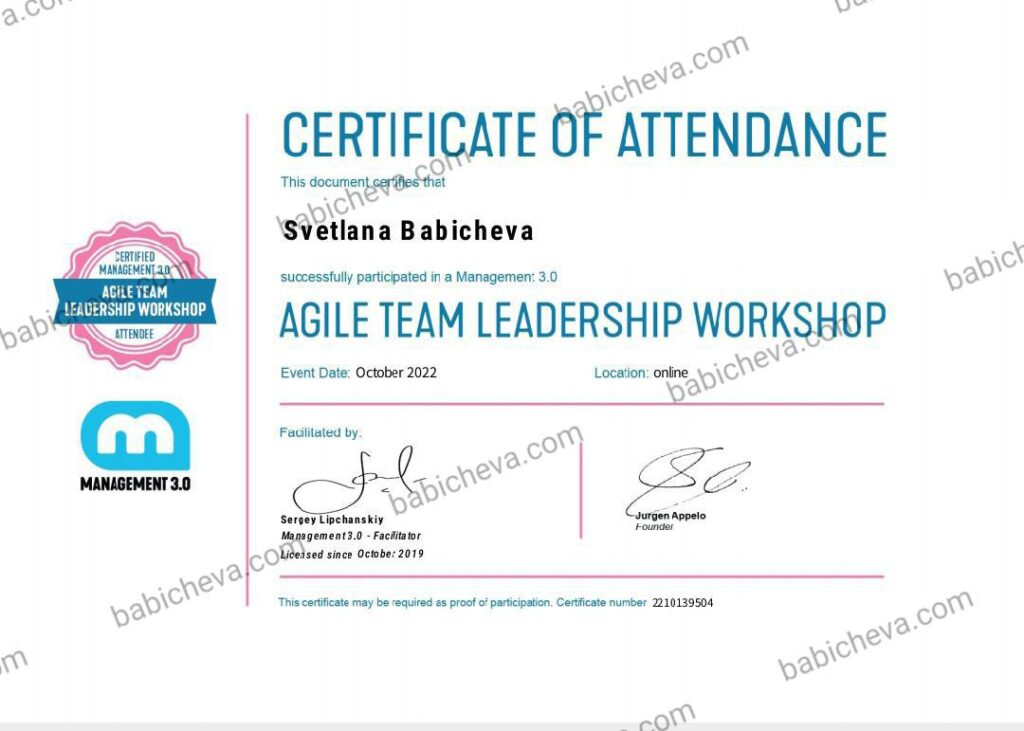
On the first day we talked about the general concepts of Management. What is Management? What does it mean? It means to manage, predict and plan, organize, lead, coordinate and control. Management permeates the entire organization, affecting almost all areas of its activity. However, its concepts change over time and therefore we talked about the differences between Management 1.0, Management 2.0, Management 3.0.
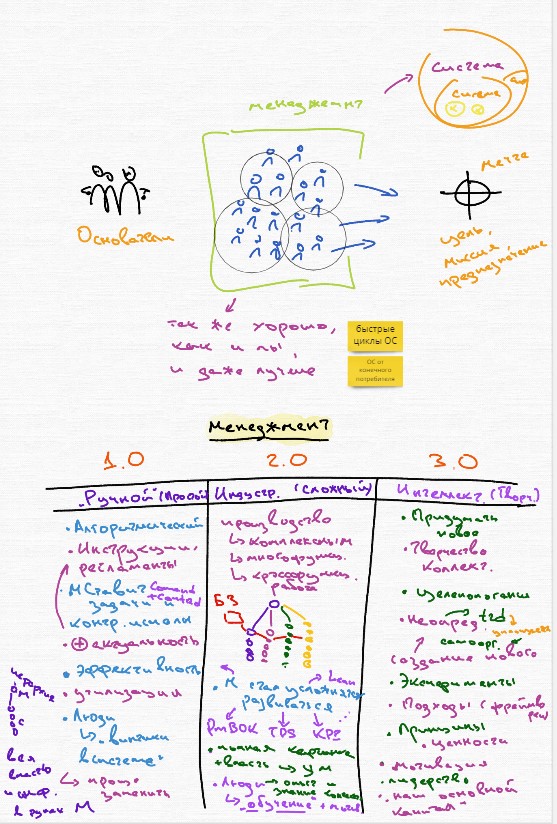
Management 1.0 is the most widespread management system in the world, but it has a number of serious shortcomings. It is old, outdated and in need of an update. It can be called the simplest, hierarchical system.
Management 2.0 is a Management 1.0 add-on. It also talks about top-down organization and helps leaders better design their organization. It is an attempt to alleviate the problems of the old system. However, the structure of Management 2.0 still remains hierarchical and does not always keep pace with Management 3.0 changes on how to keep people engaged, continuous improvements, and satisfied and happy customers. The role of the leader here is to make sure that the team copes with the tasks itself. And the manager has freed up time for himself, work with even more people, for strategic planning and conquering new heights.
Management 3.0 does not negate the value of the tools of Management 1.0 and 2.0. Management 3.0 is an ever-changing set of games, tools and practices. This is the way to look at the system, the way of thinking and behavior. This approach is about people and their relationships in an organization.
To understand the difference better, we did an exercise: we selected one example from our real life for each type of management and discussed it. After that, we tried to evaluate our organization – what kind of Management we have.
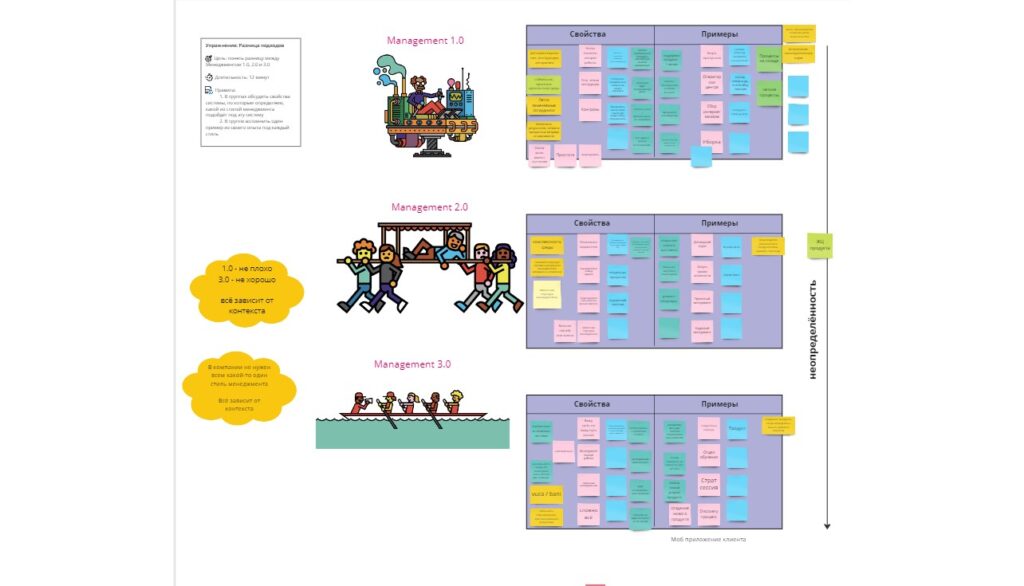
After that, we moved on to talking about the motivation of people, what are the types of motivation. We talked about two types of motivation: external and personal. We did an exercise to determine our personal intrinsic motivation. Discussed how important it is to maintain a motivational balance.
At the end of the first day, we also discussed creativity at work, skill assessment and skill development. And we did a few exercises to immerse ourselves more in this topic.
The second day of the training was devoted not to an individual person, but to the teamwork. There was a big discussion about delegation, when it is possible and necessary to delegate, when not. We also discussed how to expand powers, rights, how to negotiate in teams when it is necessary to make a decision.
A separate training block was devoted directly to the organizational structure of companies and the need for changes.
I really liked the training: something was already familiar to me, but something was not. I would like to note how important it was to do practical exercises, which I knew about in theory, but had no practical experience.
And to sum up my story about Management 3.0, it is necessary to mention its principles. The principles themselves remain constant, but the practice of applying them varies. It depends on the context. Some practices will be successful in some environments and some will not.
So, 5 principles are:
- Involving people. Get people involved into work, get people involved to interact with each other. Increase interactions between people.
- System improvement. The system is not just one command. Everyone who interacts with the team is a part of it. We need to try to improve the whole system, not just a part of it.
- Customer Satisfaction. Customers are not just our external customers, but also those who participate in the system: employees, other teams, shareholders, etc. We must try to satisfy and please everyone, not just stakeholders or just our employees.
- Manage the system, not people. It’s hard to change people’s behavior. But people have to adapt and change their behavior to fit the new environment. By changing the environment, people can manage themselves.
- Collaboration. Employees create something together, and co-creation is about giving feedback to each other.

What type of management do you have in the company? I would love to talk to you and discuss it. Click the Telegram icon or LinkedIn icon to contact me.

